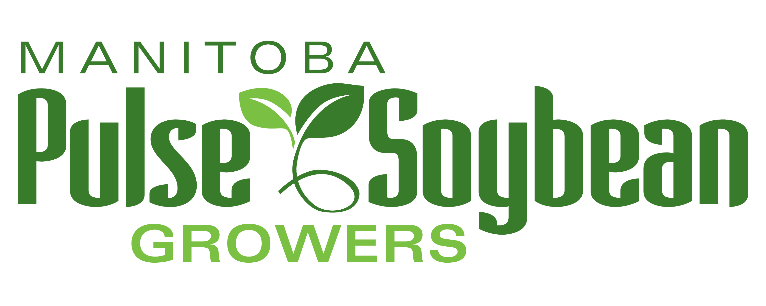
Production Resources
-

Article

Issue


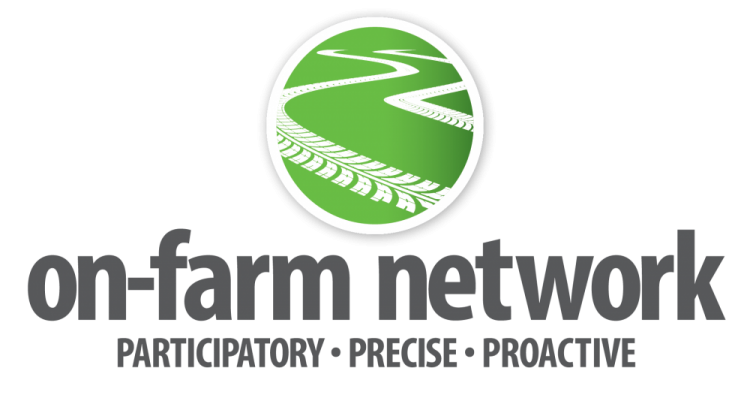
Research report
Recipe
News
Event
Page
Production Resource
Assessing Soybean Nodulation
-
-

Article

Issue



Research report
Recipe
News
Event
Page
Production Resource
Rescue Nitrogen Fertilizer for Poorly-Nodulated Soybeans
-
-
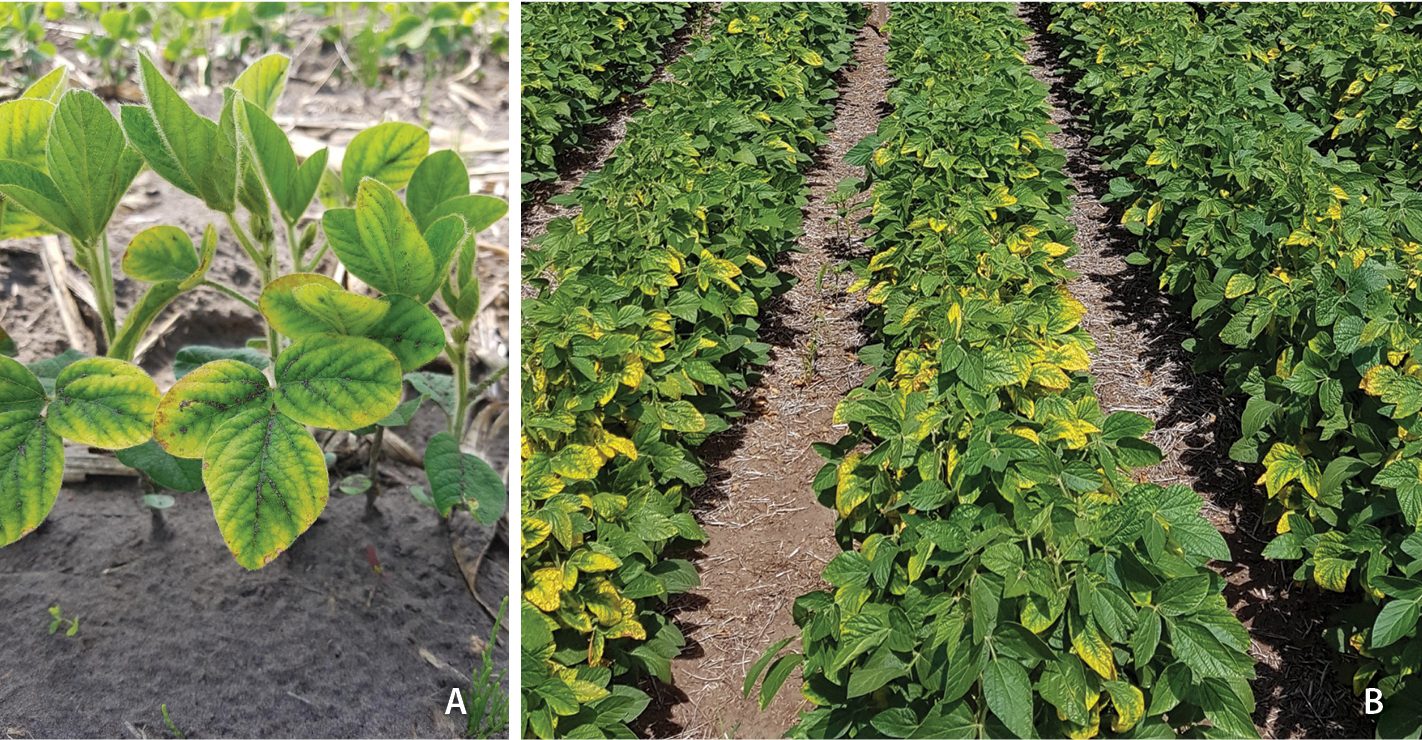

Article

Issue



Research report
Recipe
News
Event
Page
Production Resource
Preliminary Results of Potassium Management of Soybean Production in Manitoba
-
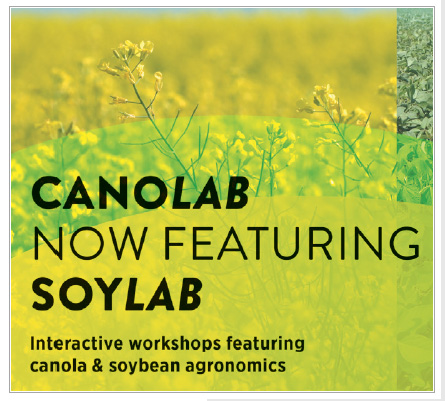

Article

Issue



Research report
Recipe
News
Event
Page
Production Resource
SOYLAB – Inoculation and Nodulation
-
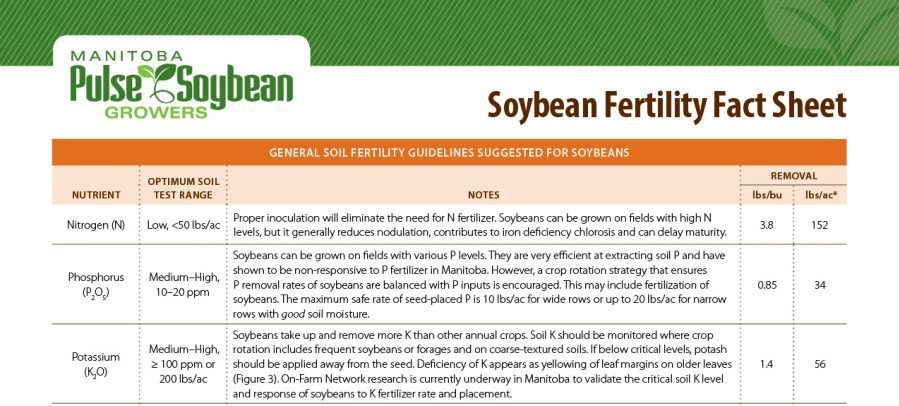

Article

Issue



Research report
Recipe
News
Event
Page
Production Resource
Soybean Fertility Fact Sheet
-

Article

Issue



Research report
Recipe
News
Event
Page
Production Resource
Phosphorus Fertilizer Management for Soybeans
Filter by term
Filter by topic
